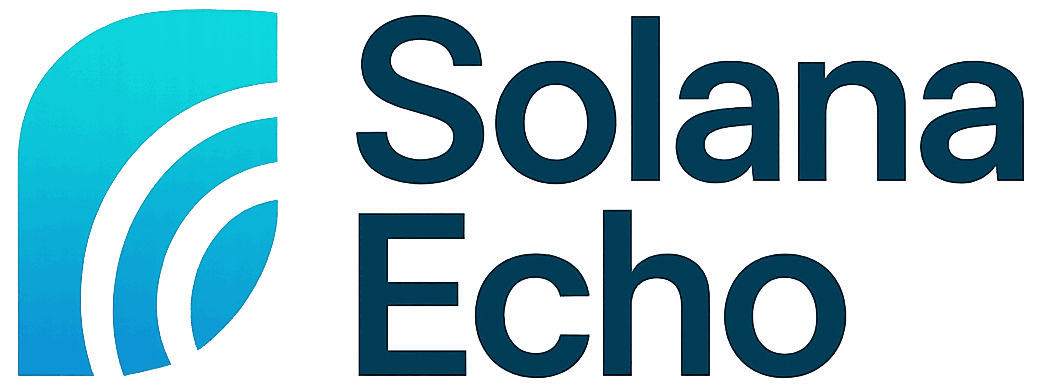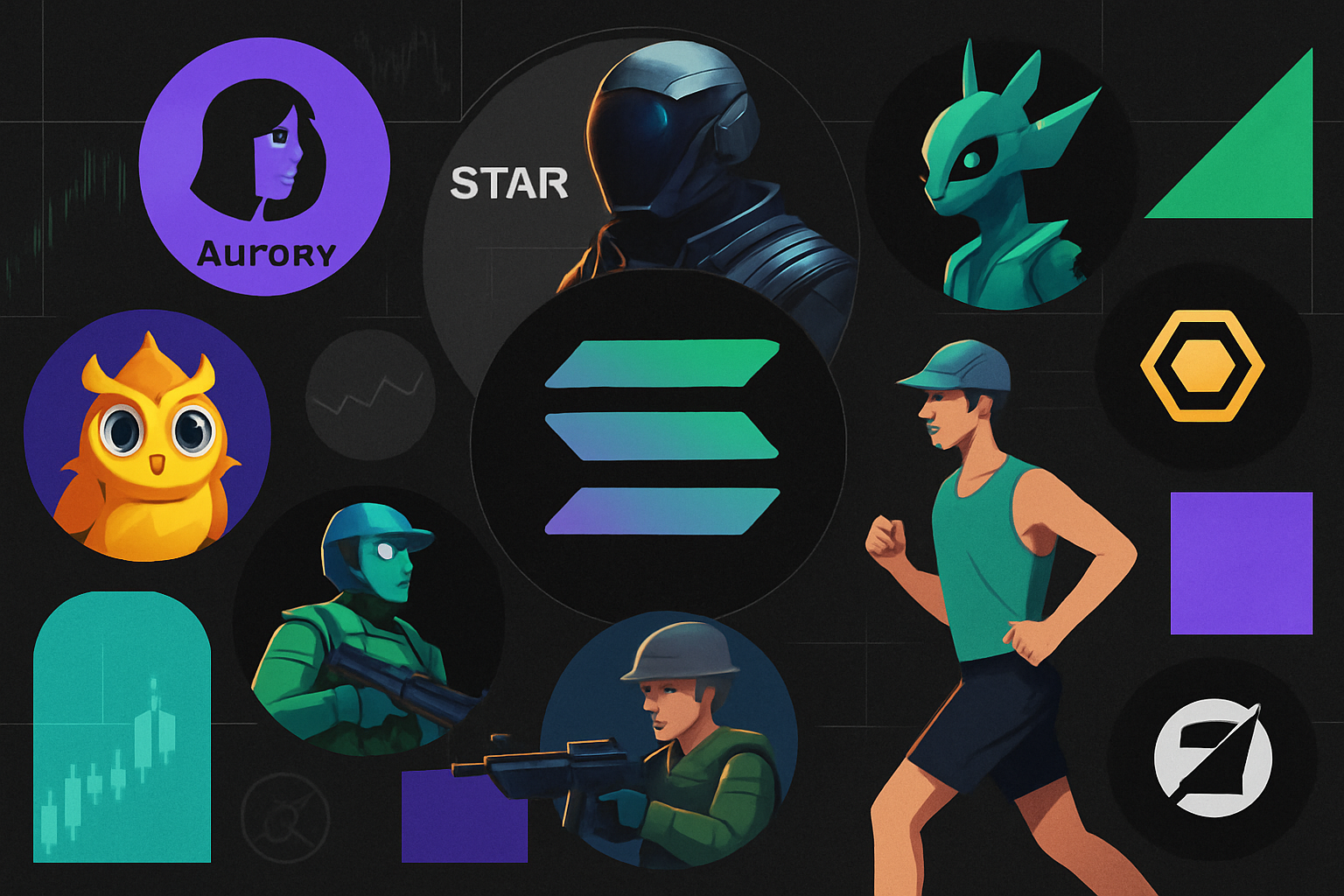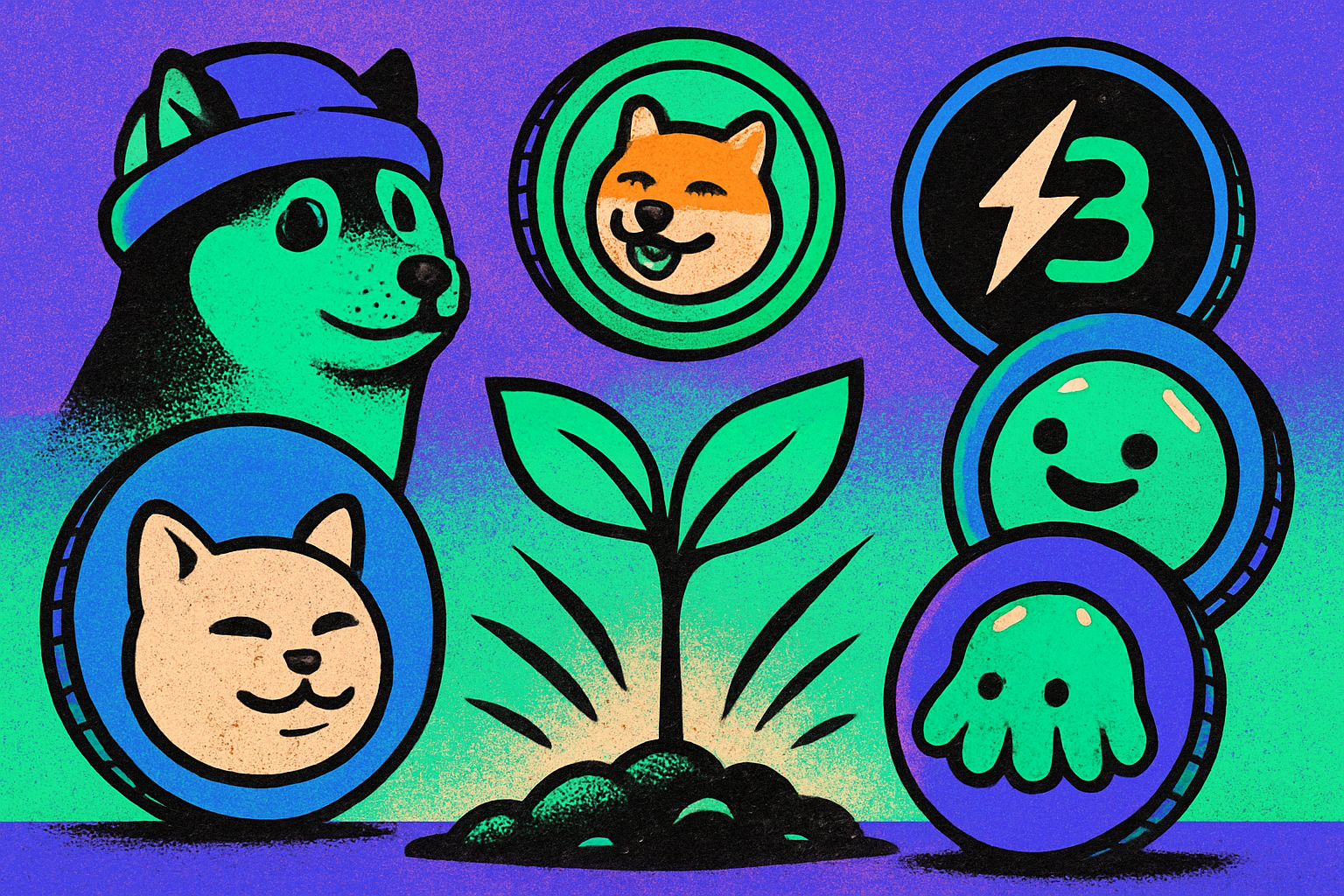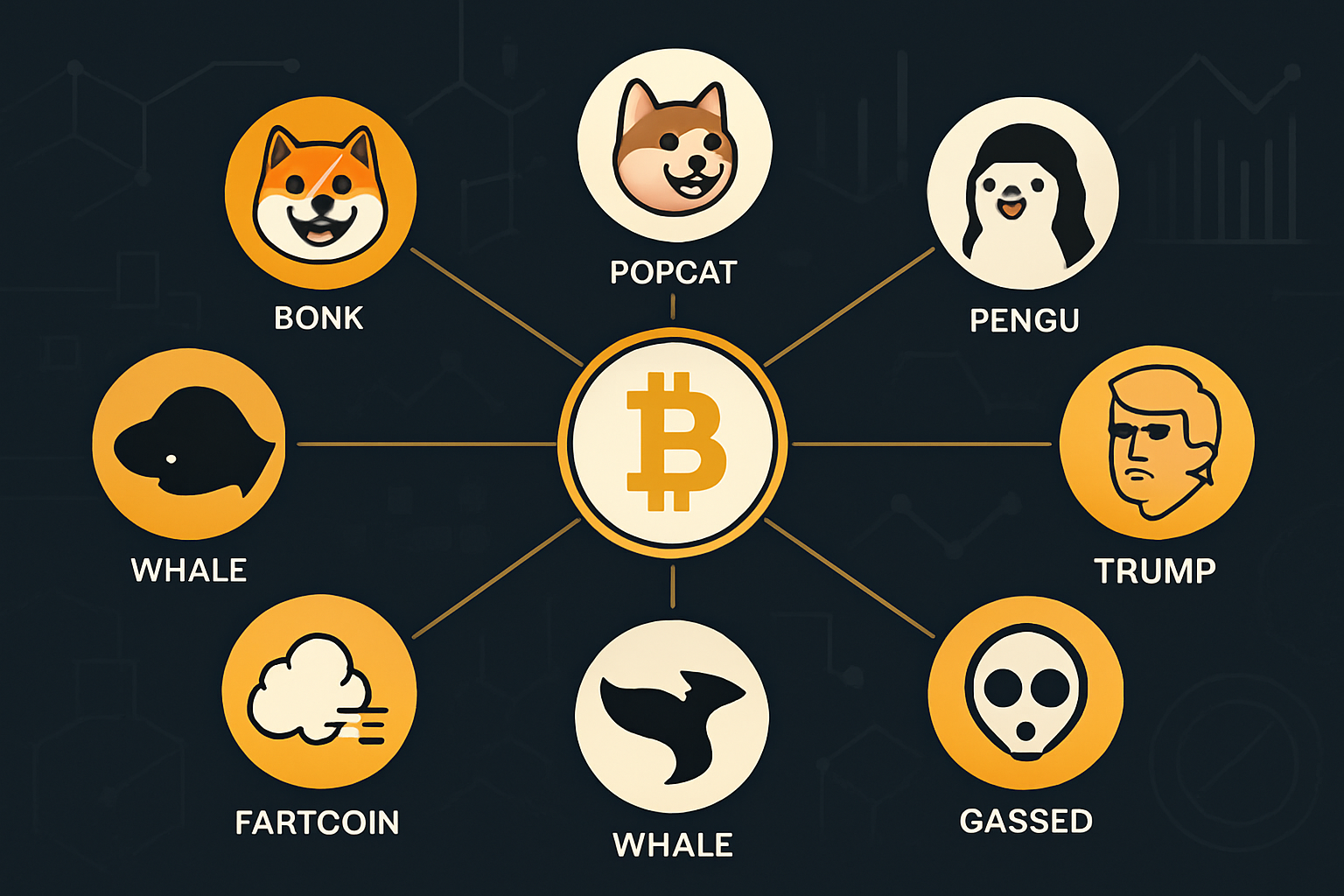
As blockchain technology matures, one of its most compelling frontiers is the intersection of real-world assets and decentralized gaming. Solana, with its high throughput and low latency, has rapidly become the epicenter for DePIN (Decentralized Physical Infrastructure Networks) gaming—where physical devices, real-world data, and token economies converge to create new play-to-earn paradigms. In 2025, this synergy is not just theoretical: it’s embodied by a handful of projects that are redefining what it means to play, move, earn, and interact with both digital and tangible worlds.

The Solana DePIN Gaming Revolution: Why It Matters
DePIN games on Solana are more than just a technological novelty—they represent a shift in how value is created and shared. By integrating physical infrastructure (like sensors or mobile networks) with blockchain-based rewards systems, these platforms enable users to monetize their participation in the physical world through gameplay. According to DePIN Scan, total on-chain revenue for Solana DePIN projects soared to $5.98 million by April 2025—a testament to their growing product-market fit.
But what makes Solana uniquely suited for this movement? Its blazing-fast transaction speeds and negligible fees allow for real-time interactions between devices and the blockchain. This means that every step you take, every device you connect, or every asset you stake can be instantly recorded—and rewarded—on-chain.
The Top 5 Solana-Based DePIN Gaming & Real-World Asset Projects
Top 5 Solana DePIN Gaming Projects for 2025
-

STEPN – A pioneering move-to-earn app on Solana, STEPN incentivizes physical activity by rewarding users with crypto for walking, jogging, or running. Its integration of GPS data and NFT sneakers exemplifies the fusion of real-world assets and blockchain gaming.
-
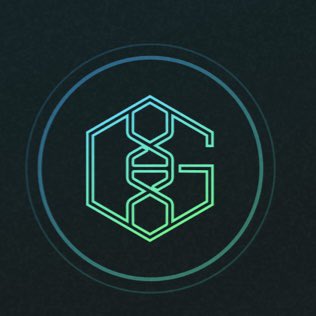
Genopets – Genopets merges fitness tracking with play-to-earn mechanics, allowing players to nurture and evolve digital pets based on their real-world activity. The project leverages device data and Solana’s blockchain for secure, transparent gameplay.
-
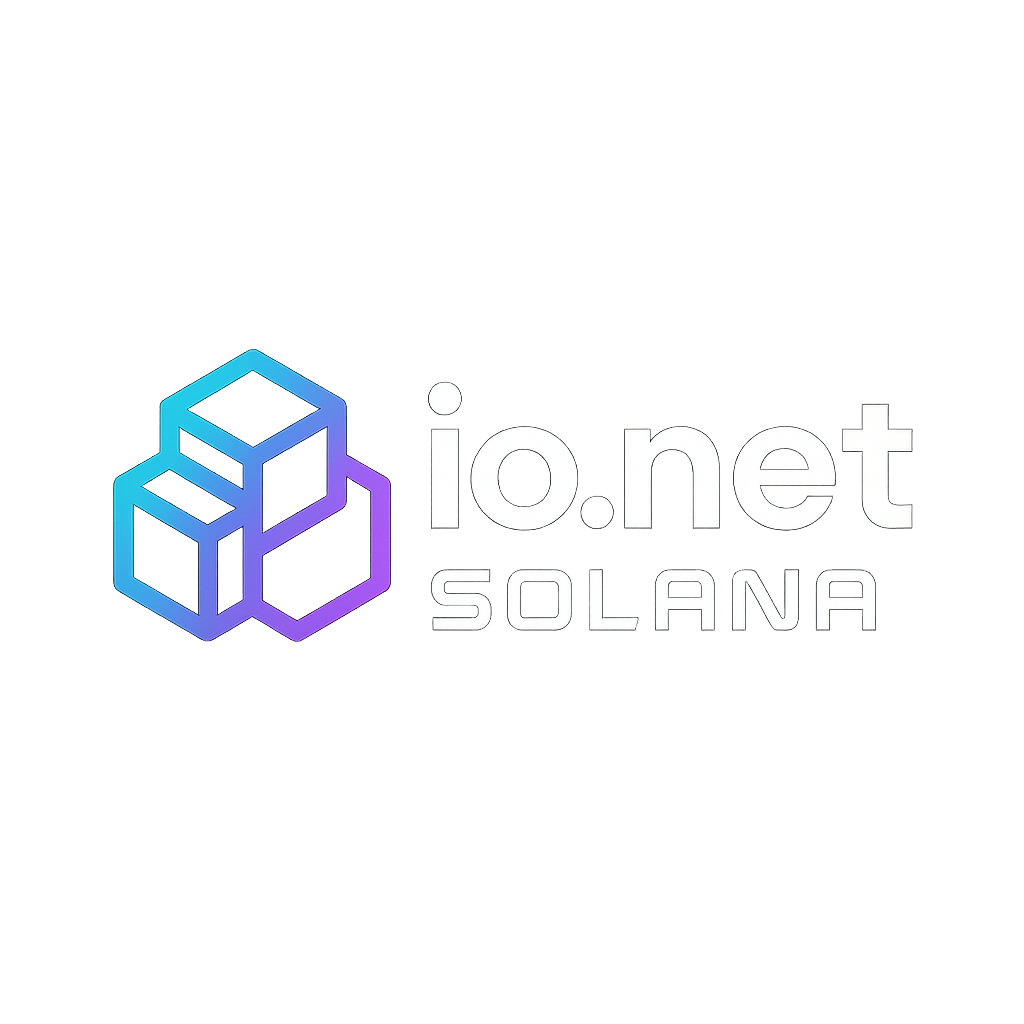
io.net – io.net is a decentralized physical infrastructure network (DePIN) on Solana that connects real-world computational resources to blockchain applications, supporting gaming and AI workloads with verifiable, on-chain data.
-
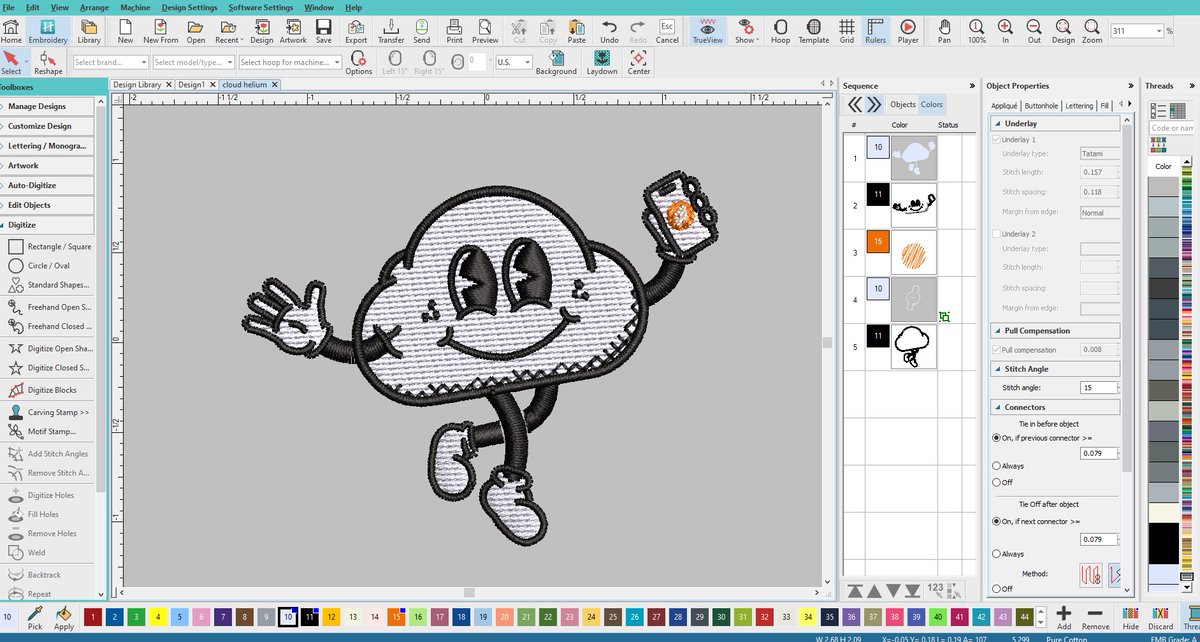
Helium Mobile – Building on the Helium Network’s decentralized wireless infrastructure, Helium Mobile brings real-world connectivity into the Solana ecosystem, enabling new forms of location-based and device-driven blockchain gaming.
-
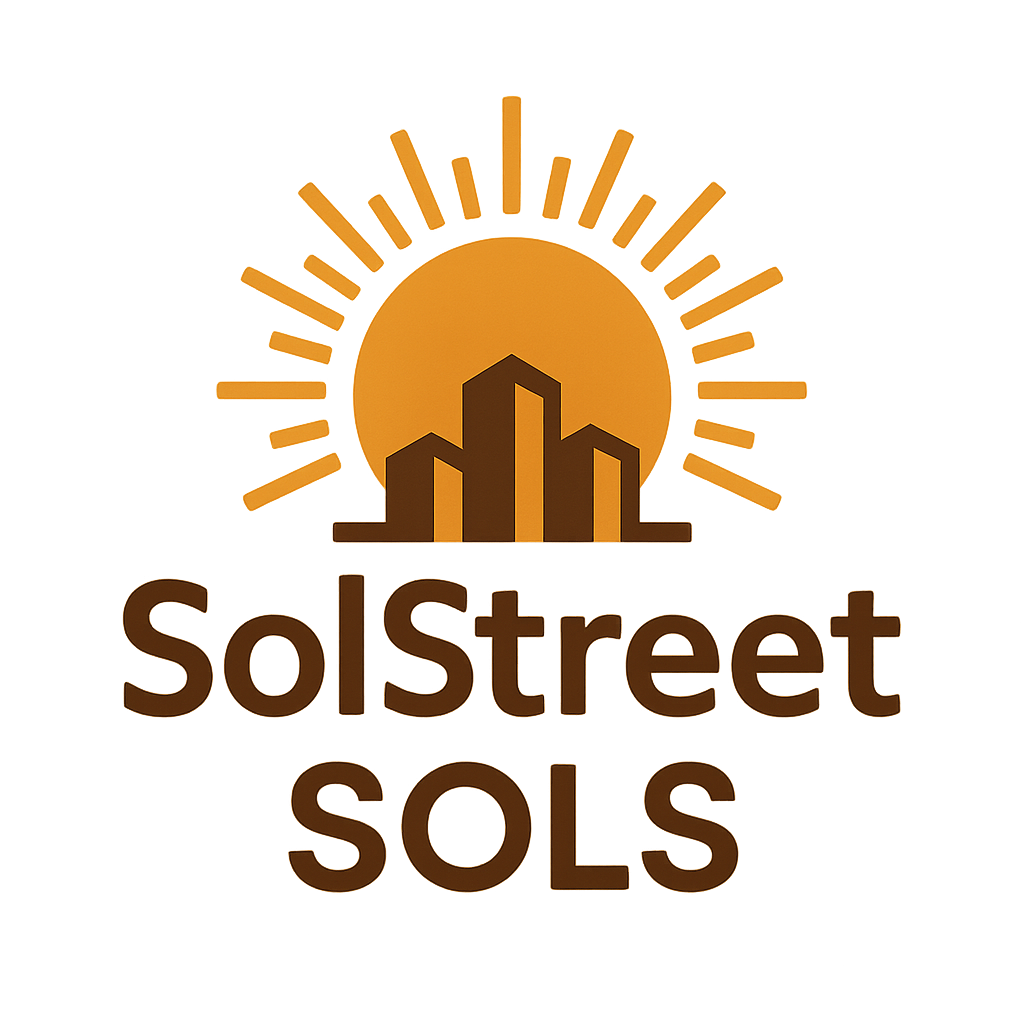
SOLS (SolStreet) – SOLS, also known as SolStreet, is a DePIN project leveraging Solana to tokenize and gamify real-world assets, enabling users to participate in decentralized finance and asset management via interactive blockchain experiences.
Let’s break down the leading projects that exemplify this convergence:
- STEPN: The original move-to-earn app on Solana gamifies fitness by rewarding users with tokens for walking or running outdoors. STEPN’s integration of GPS data and sneaker NFTs has set the blueprint for physical activity monetization.
- Genopets: Blending Tamagotchi-like care mechanics with real-world movement tracking via smartphone sensors, Genopets incentivizes healthy habits while enabling players to evolve digital creatures backed by unique NFTs.
- io.net: As decentralized AI computation becomes central to Web3 gaming infrastructure, io.net leverages idle GPU power from user devices—rewarding contributors in a transparent marketplace model powered by Solana’s speed.
- Helium Mobile: Building on Helium’s decentralized wireless network success, Helium Mobile brings mobile connectivity into play-to-earn ecosystems—users earn tokens for sharing bandwidth or participating in network coverage expansion missions.
- SOLS (SolStreet): While primarily known as a decentralized asset management protocol on Solana, SOLS is pioneering tokenized real-world asset integration into game economies—think virtual trading strategies that impact actual financial outcomes.
Physical Infrastructure Meets Play-to-Earn: Mechanics & Monetization
The core innovation behind these platforms is their ability to transform everyday actions into valuable digital assets. For example:
- Walking your dog becomes an opportunity to earn tokens in STEPN or evolve your Genopet.
- Lending unused GPU cycles via io.net not only supports AI-powered games but also generates passive income.
- Your mobile device can become part of a decentralized telecom network through Helium Mobile—turning connectivity itself into a game mechanic.
- SOLS bridges traditional finance with gamified trading competitions using tokenized real-world assets as in-game rewards or stakes.
This fusion creates robust incentive loops that drive both user engagement and network growth—a virtuous cycle rarely seen in legacy gaming or even standard crypto play-to-earn models. The result? Games that extend far beyond screens into our daily routines and environments.
